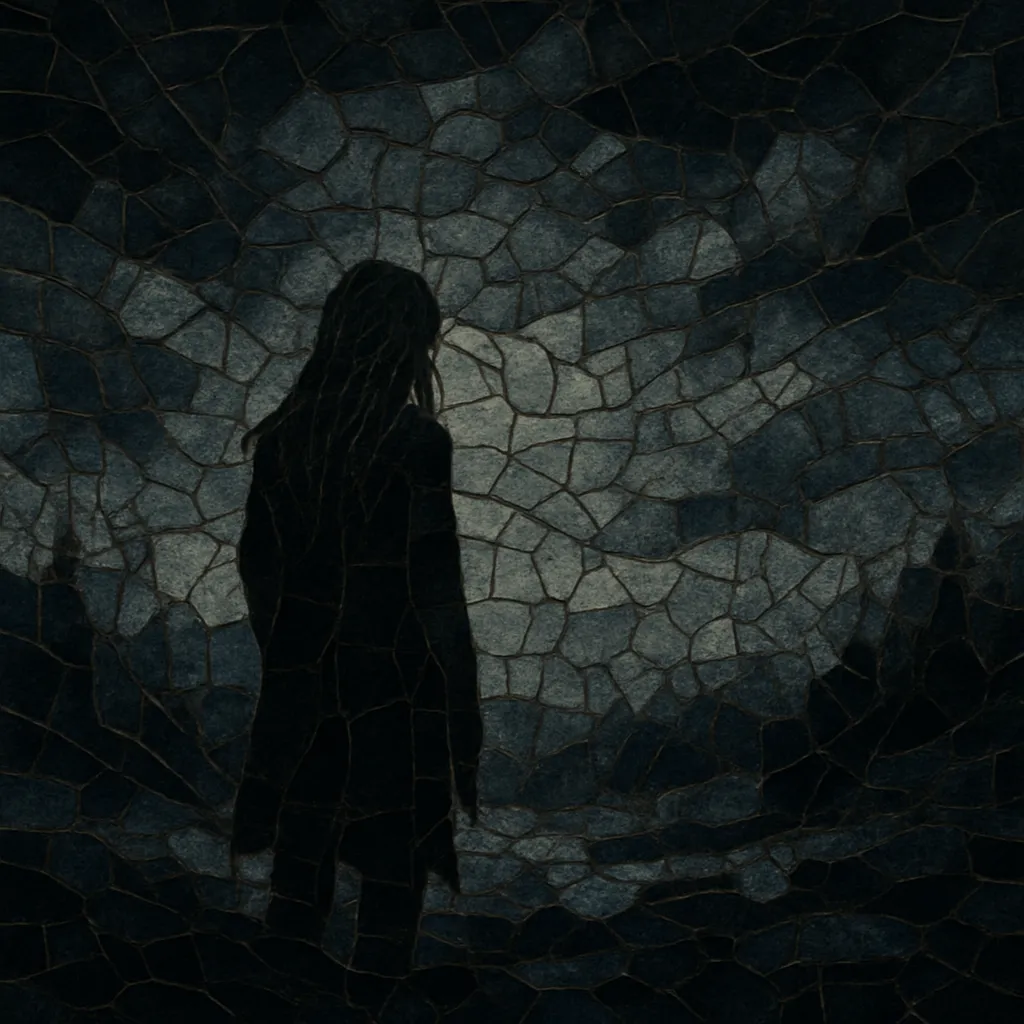Blackgaze is a fusion of black metal’s intensity (tremolo‑picked guitars, blast beats, harsh shrieks) with shoegaze’s lush, immersive textures and dreamy melodicism. It typically layers high‑gain, reverb‑drenched guitars into a luminous wall of sound, favoring suspended or added‑tone chords that blur tonality and create a sense of vastness.
Songs often unfold in long arcs with dramatic dynamic shifts—from pummeling crescendos to breathy, ambient passages—and may juxtapose screamed vocals with soft, clean singing. While the mood can be bleak or melancholic, many blackgaze works balance darkness with radiant, almost euphoric uplift, aided by expansive production and post‑rock pacing.
Blackgaze coalesced in the late 2000s when French projects like Alcest began merging the tremolo guitars and blasts of black metal with the hazy, reverb‑saturated sonics of shoegaze and the patient builds of post‑rock. Early Alcest releases (e.g., Le Secret, 2005; Souvenirs d’un autre monde, 2007) and related projects such as Amesoeurs and Les Discrets sketched the genre’s blueprint: luminous guitar layers, bittersweet melodies, and harsh/clean vocal contrasts.
The 2010s saw blackgaze reach a wider audience. Deafheaven’s Sunbather (2013) drew significant critical attention beyond metal circles, spotlighting the style’s capacity for cathartic grandeur and bright harmonic palettes. Meanwhile, Lantlôs, Bosse‑de‑Nage, and An Autumn for Crippled Children helped define the spectrum—from harsher, more dissonant variants to dreamier, post‑rock‑leaning interpretations. Production aesthetics shifted toward clarity and spatial depth, giving the genre its characteristic shimmering wall of sound.
As the style spread internationally, bands from the U.S., Europe, and beyond incorporated local sensibilities, indie‑rock structures, and ambient interludes. Acts like Møl, Harakiri for the Sky, Ghost Bath, and Violet Cold widened the palette with brighter harmonies, electronics, or post‑hardcore urgency. While some traditionalists criticized its melodic sheen and accessibility, blackgaze established a durable niche where emotional intensity, atmospheric immersion, and metal ferocity coexist.
Blackgaze opened dialogue between metal and indie/shoegaze communities, normalizing cross‑scene festivals and mixed bills. Its visual/aesthetic language—soft pastels or nature imagery paired with extreme metal sonics—became emblematic of a broader trend toward genre hybridity and emotive, cinematic production in heavy music.


